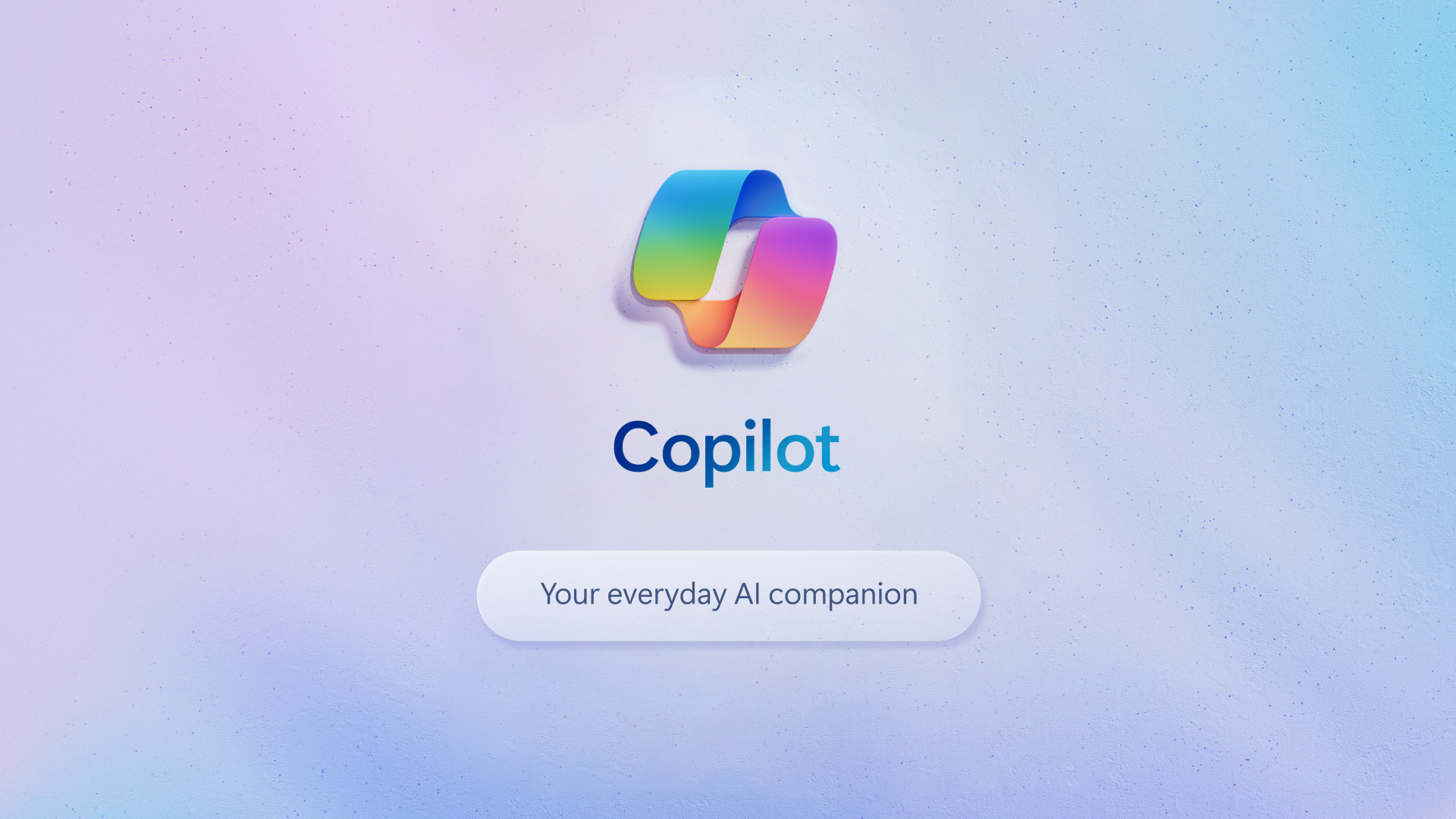In a significant leap forward for the world of Artificial Intelligence (AI), researchers from Bar-Ilan University in Israel have unveiled a novel approach that promises to enhance pre-existing deep architectures. By optimizing the most influential pathways to the output, these researchers challenge the conventional wisdom of performing local decisions progressively along layers. This groundbreaking research, published recently in Scientific Reports, opens the door to improved AI learning by selecting the most critical route to success.
Local decisions vs. Global perspective
The foundation of Deep Learning (DL) relies on a sequence of layers to accomplish classification tasks. Traditionally, local decisions are made step by step through these layers, leading to incremental progress towards the final output. However, the researchers at Bar-Ilan University questioned whether an overarching decision, akin to choosing the most influential pathway to the output, could yield better results.
They likened this concept to the analogy of two children climbing a mountain. While one child focuses on immediate local choices, the other uses binoculars to chart the shortest and most significant path ahead – a strategy reminiscent of modern navigation apps like Google Maps or Waze. The researchers found that embracing the “binoculars” approach could indeed lead to more efficient AI learning.
A Winning strategy
As described by Prof. Ido Kanter, who led the research and hails from Bar-Ilan’s Department of Physics and Gonda (Goldschmied) Multidisciplinary Brain Research Center, the process is analogous to the two children climbing the mountain. Prof. Kanter elaborates, “The first child might get a head start, but the second will end up winning.” The implications for AI are profound; rather than relying solely on local decisions, the system gains a comprehensive understanding of the entire problem space and selects the path with the most impact.
A leap in AI learning
Yarden Tzach, a dedicated Ph.D. student and a key contributor to the research, emphasizes the significance of this discovery for AI advancement. “This discovery can pave the way for better enhanced AI learning, by choosing the most significant route to the top,” Tzach states. This approach shifts the paradigm from merely adding depth to neural networks to strategically optimizing the routes taken within these networks.
Bridging Biology and AI
At the heart of this exploration lies the attempt to bridge the gap between biological processes and machine learning. Prof. Kanter and his experimental research team, led by Dr. Roni Vardi, are committed to developing an AI system that draws inspiration from the efficiency of natural systems. Their journey began with uncovering evidence of efficient dendritic adaptation through neuronal cultures. By translating these findings into machine learning, the team showcased how shallow networks could rival their deeper counterparts. This endeavor goes beyond the surface of AI and delves into the mechanisms that underlie successful deep learning.
Revolutionizing AI architectures
The prevailing belief has been that AI enhancement necessitates stacking more layers onto neural networks. However, the researchers at Bar-Ilan University have challenged this notion by demonstrating that improving classification tasks can be achieved by focusing on the most influential pathways to the output. This innovative approach sidesteps the need for endless layer additions, streamlining the learning process and potentially making AI systems more efficient and effective.
A path to enhanced AI learning
The breakthrough from Bar-Ilan University represents a monumental stride towards the future of AI learning. By choosing the most influential paths, AI systems can make more informed and impactful decisions, mirroring the way individuals make decisions in complex scenarios. The analogy of climbing a mountain through the shortest route finds its parallel in the optimization of classification tasks – both scenarios require selecting the most strategic path.
The recent research from Bar-Ilan University has far-reaching implications for the world of Artificial Intelligence. By departing from the conventional local decision-making process and embracing a global perspective, AI systems can navigate through complex tasks more efficiently. This paradigm shift has the potential to revolutionize AI architectures, making them smarter, leaner, and more effective. As researchers continue to bridge the gap between biology and machine learning, the future of AI looks brighter than ever before, with innovations that could reshape the landscape of technology and problem-solving.





